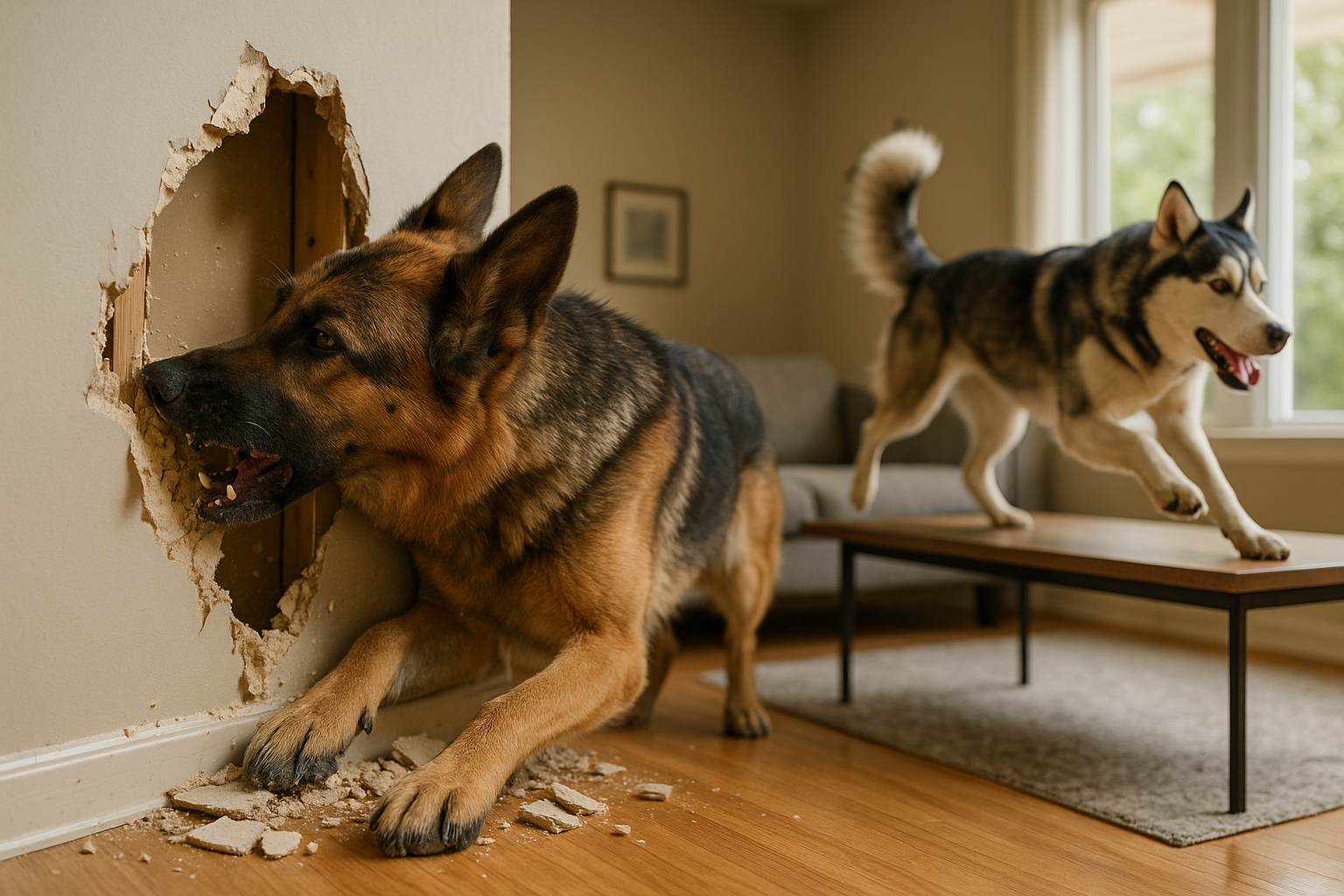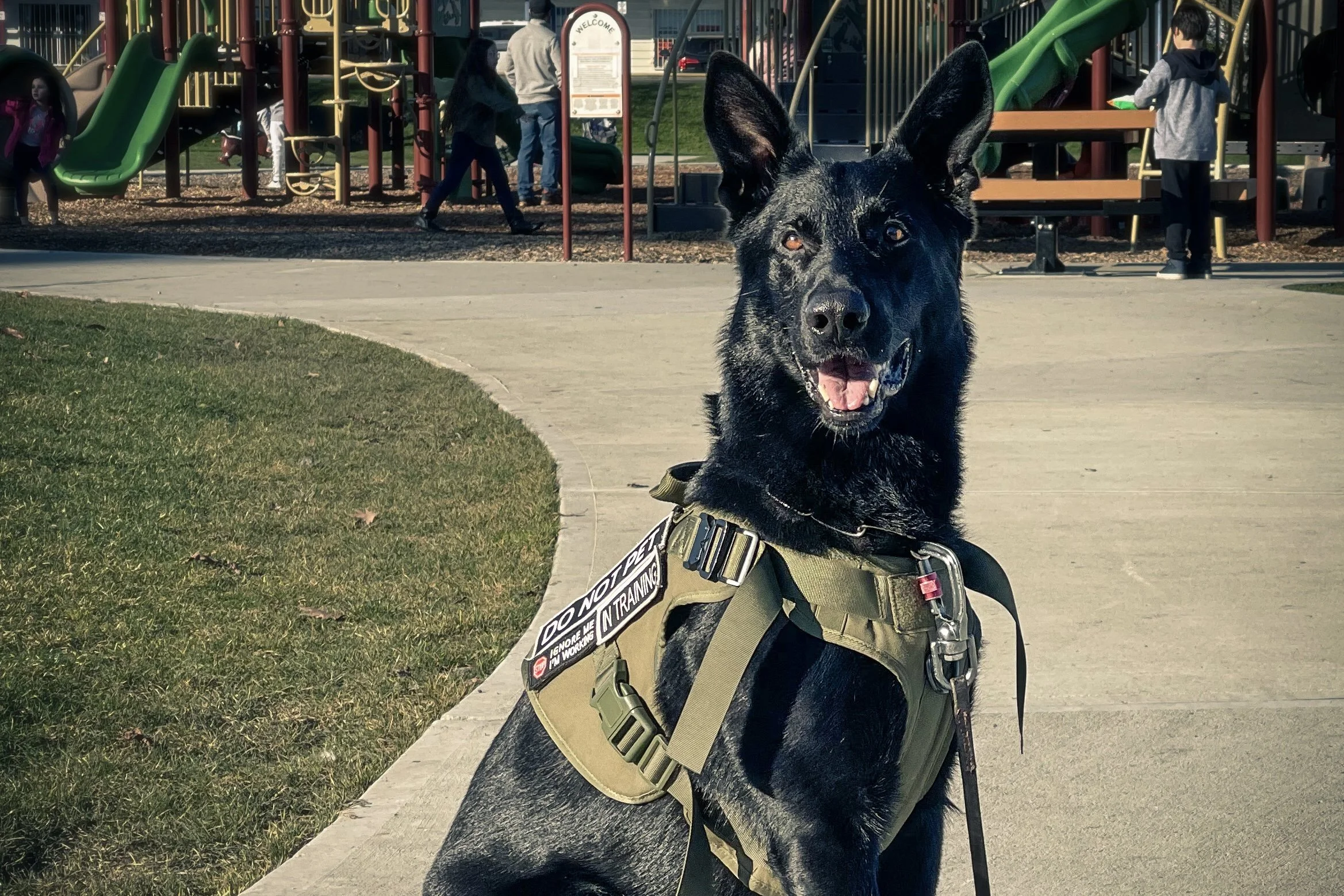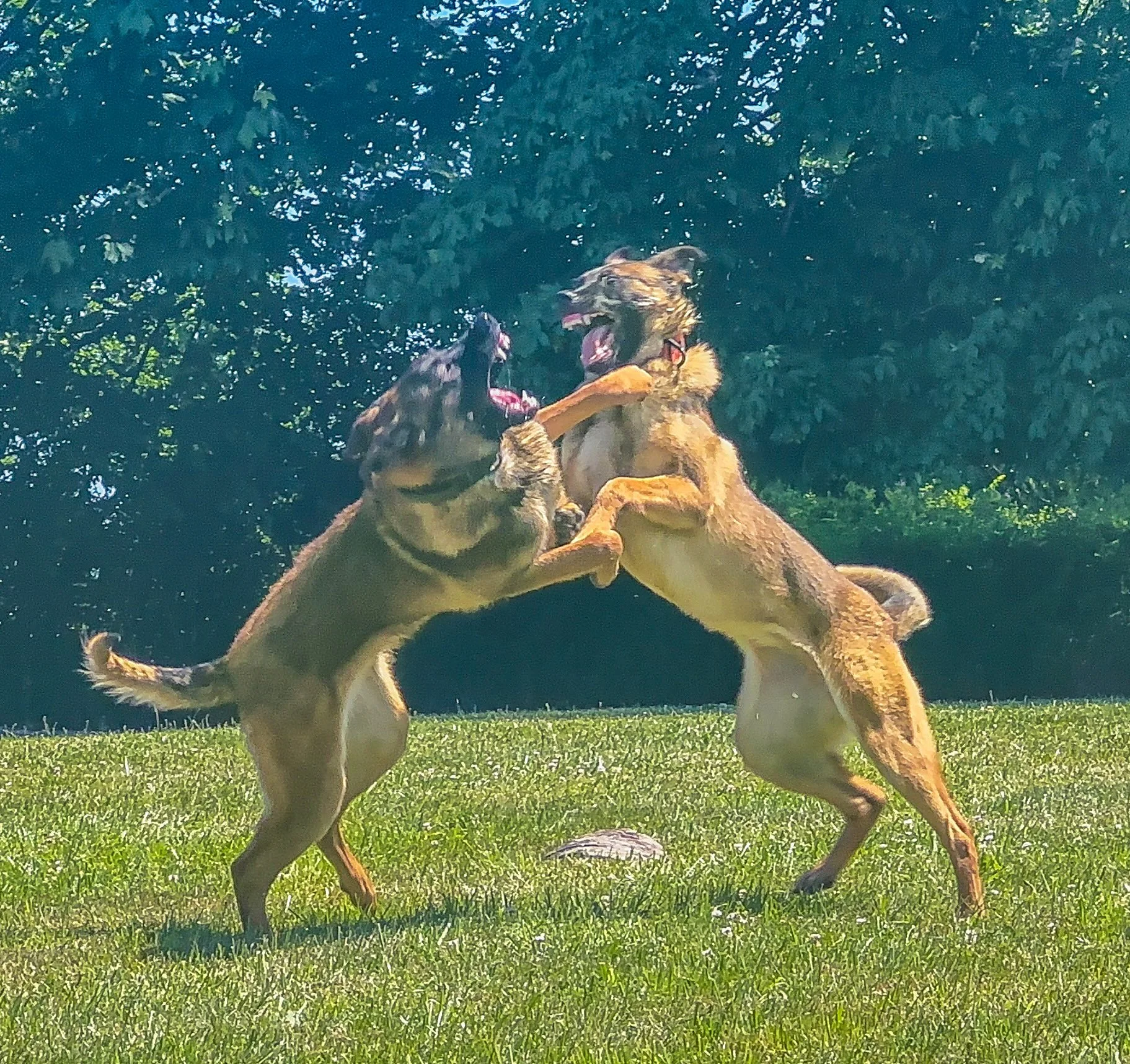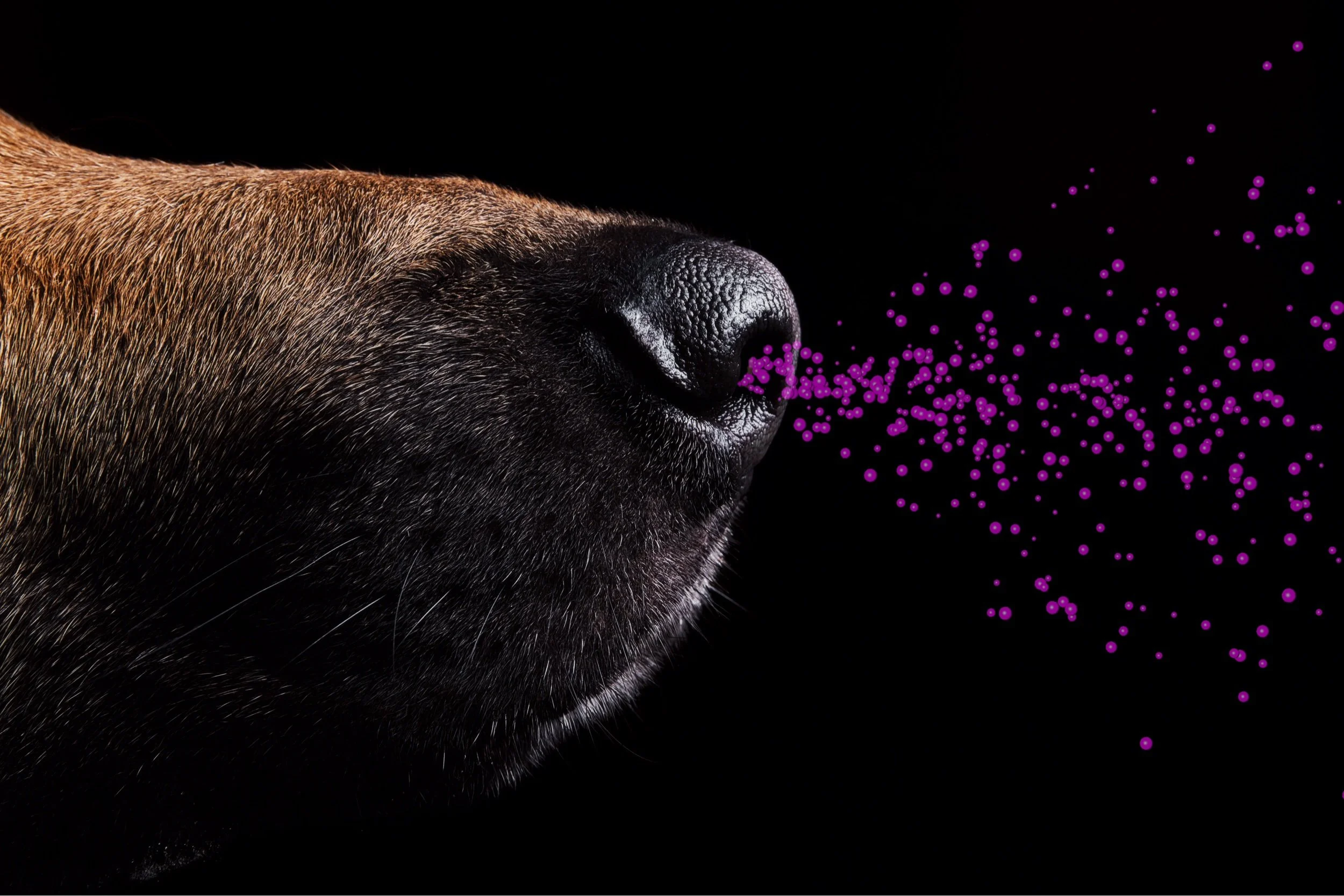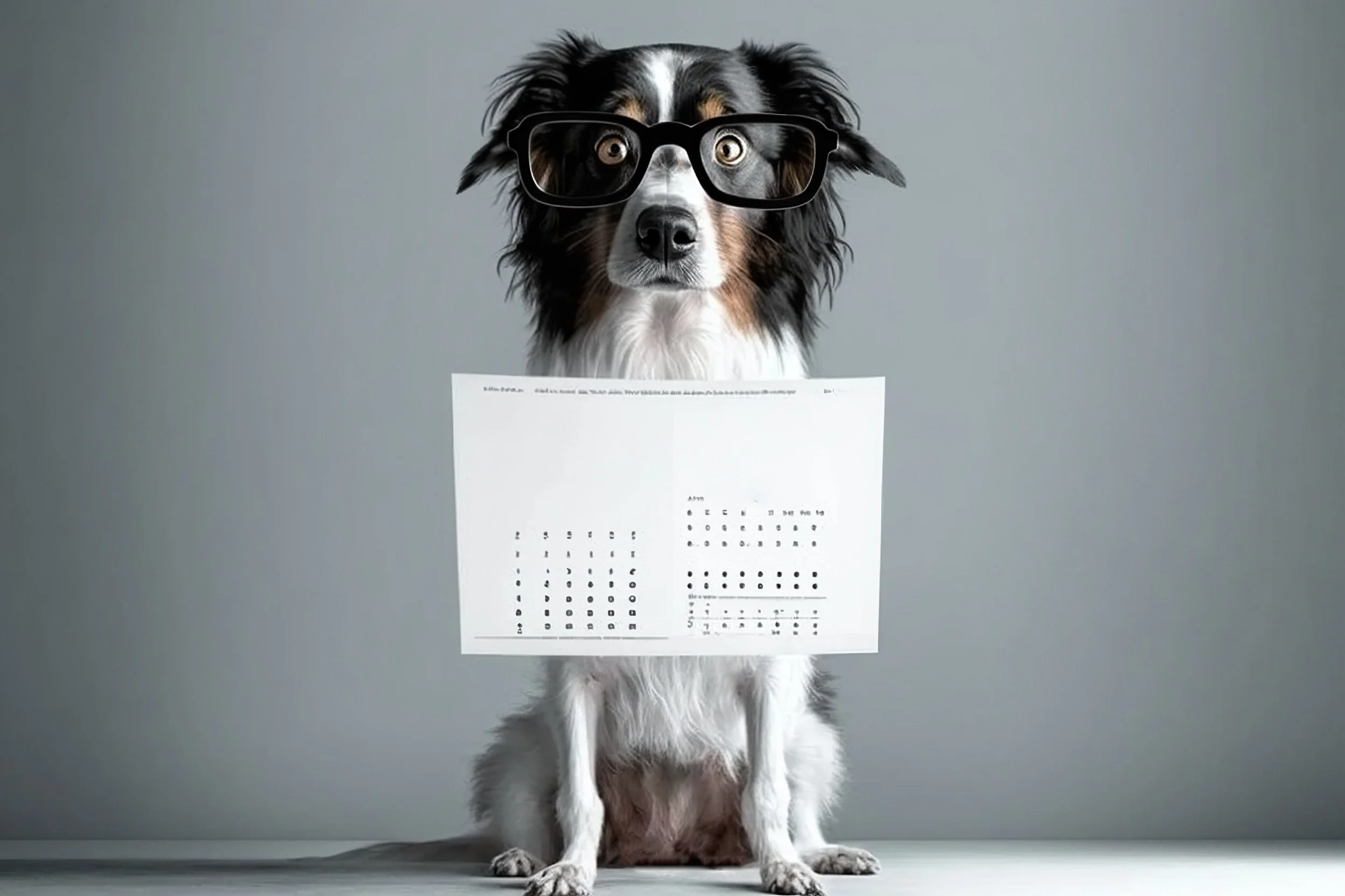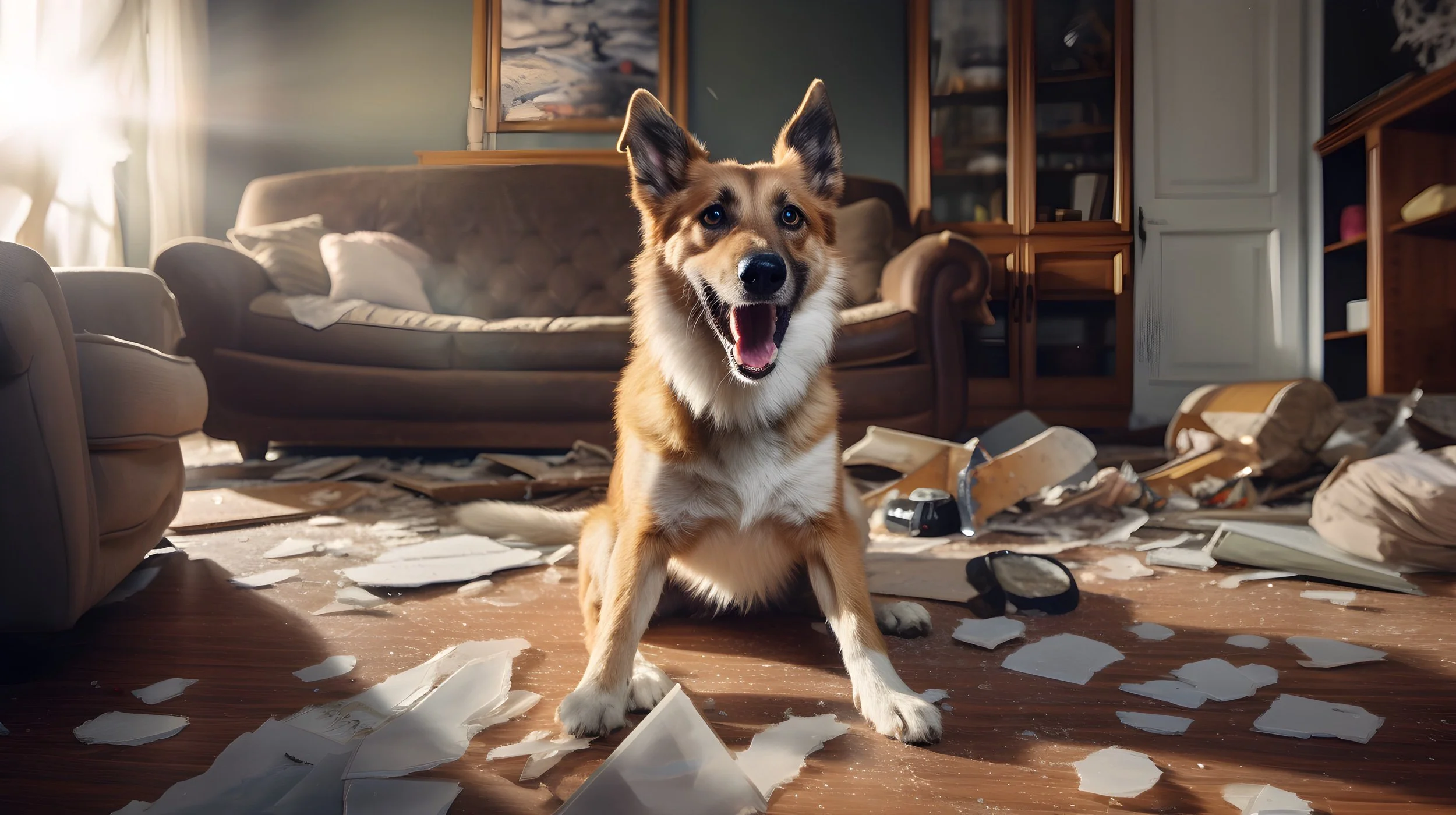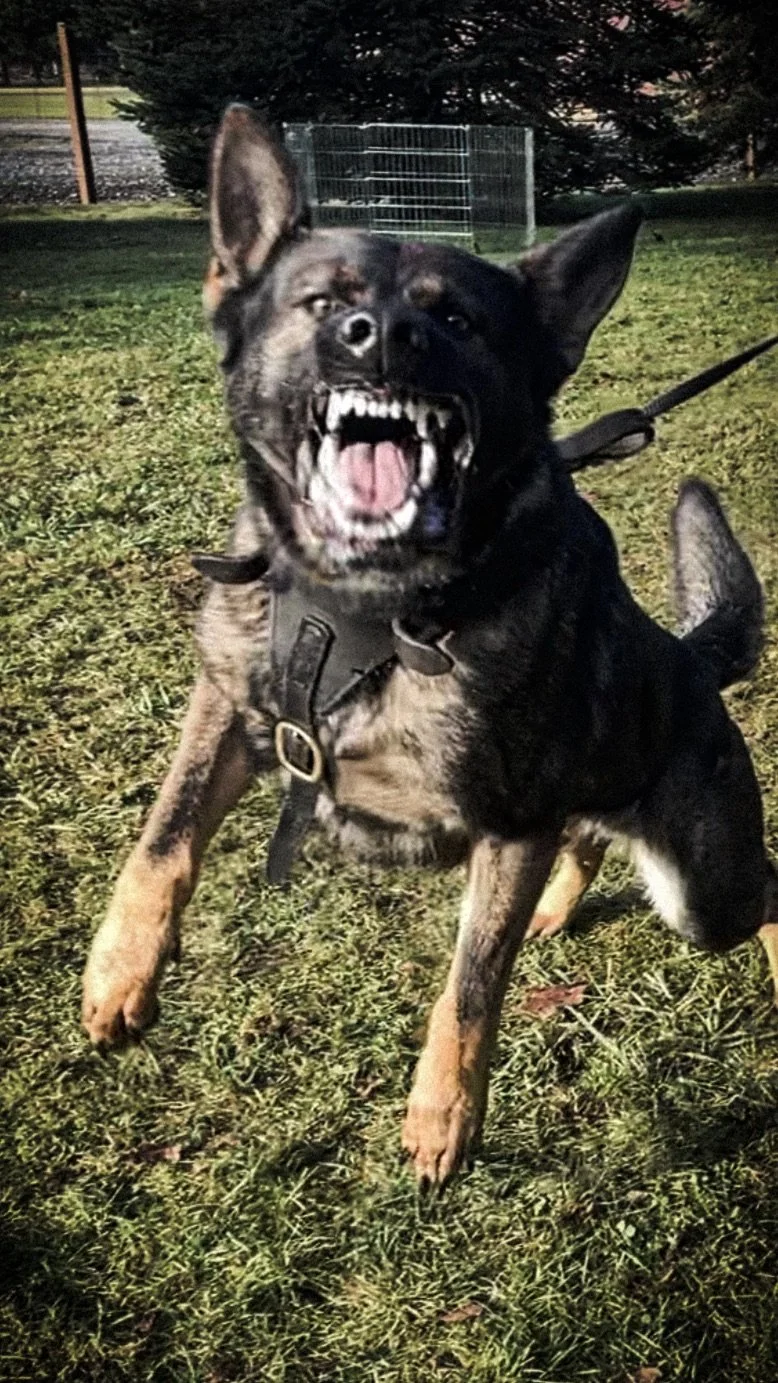The intricate dance of communication between humans and dogs is a fascinating interplay of behavioral science and emotional connection. As we seek to train our canine companions, we are often faced with the challenge of how to effectively convey our expectations while also nurturing a bond that transcends mere obedience. This article delves into the nuanced realms of learned irrelevance and its implications for dog training, contrasting it with the undeniable benefits of fostering a strong relationship through verbal communication. Drawing from the wellspring of classical conditioning, canine cognitive research, and the biological underpinnings of social bonding, we will explore how the judicious use of verbal cues can enhance training efficacy, while also examining the role of speech in strengthening the human-dog bond. By integrating the precision required for clear command training with the softening touch of relational dialogue, we can achieve a harmonious balance that enriches the lives of both dogs and their human companions.So let’s unravel the threads of this complex tapestry, weaving together a more cohesive understanding of how to communicate effectively with our beloved pets, ensuring a dynamic that is both disciplined and deeply connected.
Canine Aggression - A detailed overview
Aggression in domestic dogs, *Canis familiaris*, is a multifaceted behavior shaped by an intricate interplay of genetic, environmental, and training influences. As descendants of gray wolves, *Canis lupus*, dogs have inherited a complex social and behavioral repertoire that includes various forms of aggression. Understanding these behaviors is critical for both dog owners and professionals working with dogs, as it informs effective management, training, and intervention strategies aimed at promoting harmonious human-canine relationships.
This article will delve into the scientific underpinnings of canine aggression, examining the roles of genetics and selective breeding in predisposing certain breeds to aggressive tendencies. We will also dissect the environmental factors that contribute to the development of aggression, considering the impact of upbringing and social experiences. The significance of training methods and socialization will be discussed, highlighting how these practices can mitigate or exacerbate aggressive behaviors.
The Impact of Chronic Colitis on Cognitive Function in Dogs: A Case Study of a Belgian Malinois with reduced cognitive function and increased aggression
Chronic colitis, characterized by persistent inflammation of the colon, is a common gastrointestinal condition in dogs. It can lead to various health complications, including altered gut-brain communication and potential cognitive impairments. In this article I explore the relationship between chronic colitis and cognitive function in dogs, focusing on a case study of my one-year-old Belgian Malinois named Cronos.
The Paradox of Excuses: Understanding the Impact of Inconsistent Training on the Human-Dog Relationship
The relationship between humans and dogs has evolved over thousands of years, transforming our four-legged companions from mere utility to cherished family members. However, despite our deep love for dogs, many owners struggle to consistently train and work with them, basically consistently communicate with them and it is not uncommon for humans to find excuses to avoid this necessary commitment. This phenomenon raises important philosophical questions about human nature, our capacity for commitment, and the consequences these excuses have on the human-dog relationship. Exploring these questions sheds light on the underlying motivations and provides insights to help bridge the gap between intention and action. Let’s delve into the various excuses used to justify neglecting daily dog training and explore the detrimental effects they can have on the relationship between humans and their furry companions.
Inside the Dog's Nose: Understanding its Impact on Dog Training
The world of a dog is filled with an incredible sense of smell that goes far beyond what we, as humans, can comprehend. Inside a dog's nose lies a complex and highly developed olfactory system, capable of detecting scents with remarkable precision. This extraordinary sense of smell has a significant impact on dog training, as it influences their behavior, communication, and overall learning process. Understanding the structure and functionality of a dog's nasal system provides a fascinating insight into their remarkable ability to detect and interpret scents. So, let's take a closer look at the anatomy of a dog's nose and explore how it contributes to their incredible sense of smell and the impact it has on our training.
Insights in Canine Vision and the effects on training
Dogs are known for their incredible sensory abilities, and their vision is a fundamental aspect of their perception of the world. While dogs primarily rely on their sense of smell, their eyesight plays a vital role in their daily lives. While their sense of smell and hearing are often celebrated, understanding a dog's visual acuity is equally crucial, especially when it comes to training.
Chronic stress in dogs - A synchronization between dog and human
It is widely acknowledged that dogs and humans share a strong emotional bond and often mirror each other's behavior. For about two decades now we now that inter species emotional contagion can result in acute short term stress synchronization. Emotional contagion refers to the process by which emotions can spread from one individual to another, resulting in a shared emotional experience. This fascinating phenomenon has been observed not only in humans but also in dogs, suggesting a powerful emotional connection between these two species.
Manifestation and management of stress in dogs.
Stress in dogs can have a significant impact on their overall well-being and behavior. While dogs are highly adaptable animals, they can experience both acute and chronic stress under various circumstances. Stress is a natural response that both humans and animals experience when faced with challenging or threatening situations. It triggers a cascade of physiological changes in the body, preparing it to react and cope with the stressor at hand. Understanding the physiological changes that occur during stress and gaining clarity on the nature of stress itself and understanding the manifestations of stress in dogs is crucial for identifying and addressing potential triggers and providing appropriate support to manage stress.
Help my dog is a Teenager! Exploring the adolescent phase of our Canis Lupus Familiaris.
Just like humans, dogs also go through an adolescent phase characterized by behavioral and physiological changes. Understanding these aspects can provide valuable insights into the behavioral and emotional development of our dogs during this critical period. Adolescent dogs, typically between six and eighteen months of age, often exhibit conflict behaviors characterized by a struggle between their innate instincts, their genetic desire for independence and the relationship they have with the human. This period is marked by a testing of boundaries, increased curiosity, a perceived diminished responsiveness to “commands” from the human, and occasional unruly behaviors. These manifestations can be frustrating for dog owners who previously enjoyed the compliant nature of their puppy.
Unraveling the Dynamics of Motivational Salience in Dogs: Incentive and Aversive Perspectives and the effects on learning and relationship.
Motivation plays a crucial role in shaping behavior and decision-making processes, not only in humans but also in our canine companions. Dogs are motivated by various factors, both positive and negative, which influence their actions and reactions. In this article, we explore two aspects of motivational salience in dogs: incentive salience and aversive salience. Understanding these concepts helps us gain insights into the driving forces behind our furry friends' behavior.
How much sleep does your dog need?
Dogs need a lot more sleep than people do. In the wild wolves sleep when their bodies say they need sleep—unlike people who have busy schedules and not listen to the sleep/rest signals from their bodies. On average dogs need about 12 to 17 hours of sleep in a 24 hour period. That will however vary with age and breed. Puppies, Giant Breed dogs and older dogs will need even more sleep, up to 20 hours per day.
How do dogs perceive human communication?
I woke up this morning thinking about wolves and reminded myself that Wolfpack’s function as a social group, as a tight family. That family is governed by social rules, consistent communication, boundaries and limitations. Everyone has his role and that the reason why the pack functions so well and succeeds because everyone acts within the parameters of their role and that when they don’t the pack starts falling apart. READ MORE
Neutering- the number one cause of aggression problems in dogs.
Yesterday someone reached out for help with an adolescent male German Shepherd that had launched at someone and bitten a person. When I gave her a possible date to come over for an evaluation she mentioned that on that day the dog would get neutered, an advice she got from her veterinarian to reduce and avoid any aggressive behaviors in the future.
I was very disappointed to hear that as over the last 15 years research has proven that neutering and spaying have the opposite effect. Neutering male dogs causes more behavioral problems ( Dr. Coren 2018) Unfortunately veterinarians today still advice this very outdated procedure to “solve” aggression and over-excitement based behavioral problems. I believe the reason for that is two fold. The main reason is outdated schooling at the current Vet-University programs who often still teach practices and protocols established in the 1960s. Another reason is the money, neutering and spaying is an easy and quick buck in their pocket. -READ MORE
3 tips on dealing with Reactive Dogs
Does your dog bark, growl, or run towards other dogs when you’re on a walk or when someone walks past your home? It’s common for dogs to be Reactive or “hyper-aware” of other dogs nearby, however, it’s not simply disobedient behavior, so shouldn’t be correlated with punishment. In fact, many obedient dogs still exude Reactive behavior. It’s actually a stress response in the body from specific triggers, etc. If your dog does act like this, however, it’s important to start immediately to try and fix the issue. The longer a pup continues the reaction, the more difficult and longer it will take to correct - or you could end up with a legal case on your hands. - READ MORE…
Latency in dog Training and how to shorten it
In our training we will see that some dogs response faster or slower to cue. In animal training we call that Latency. Simply stated latency is the time interval between the cue and when the dog starts responding to this cue.P eople like to see dogs that respond very fast to command. If that is something we want we need to shorten the intermission between cue and behavior, decreasing the latency. So how do we do this?
Modeling and Observational Learning in Dog Training.
Modeling and Observational learning in dog training Typically dog training proceeds from operant conditioning with a long period of shaping the dog learns a new behavior through errors and reinforcement. Observational learning happens quickly and can either help us in our dog training or can be our worst enemy. In this article I explain what modeling and observational learning is and discuss some real life examples how it can negatively influence your dogs learning and how it can help.


